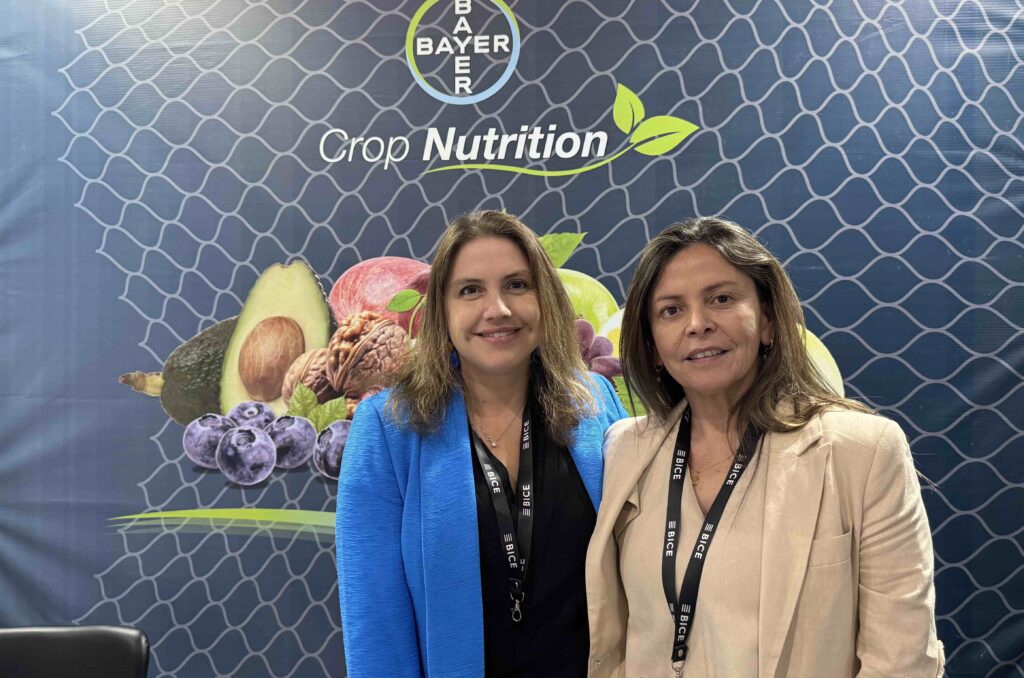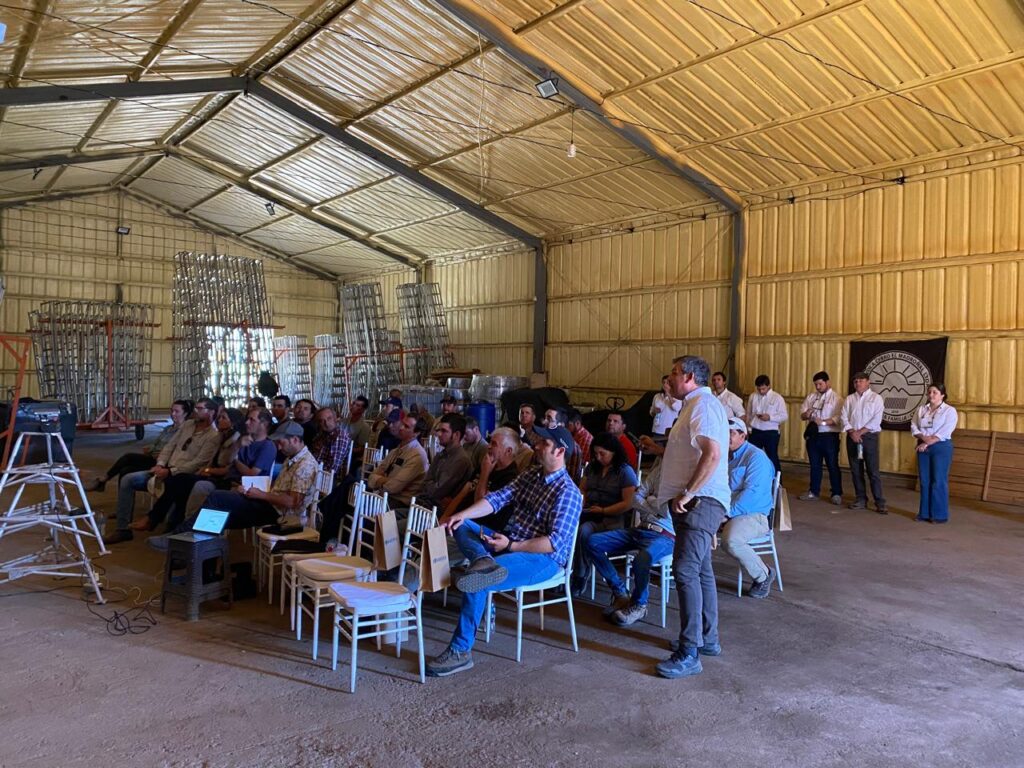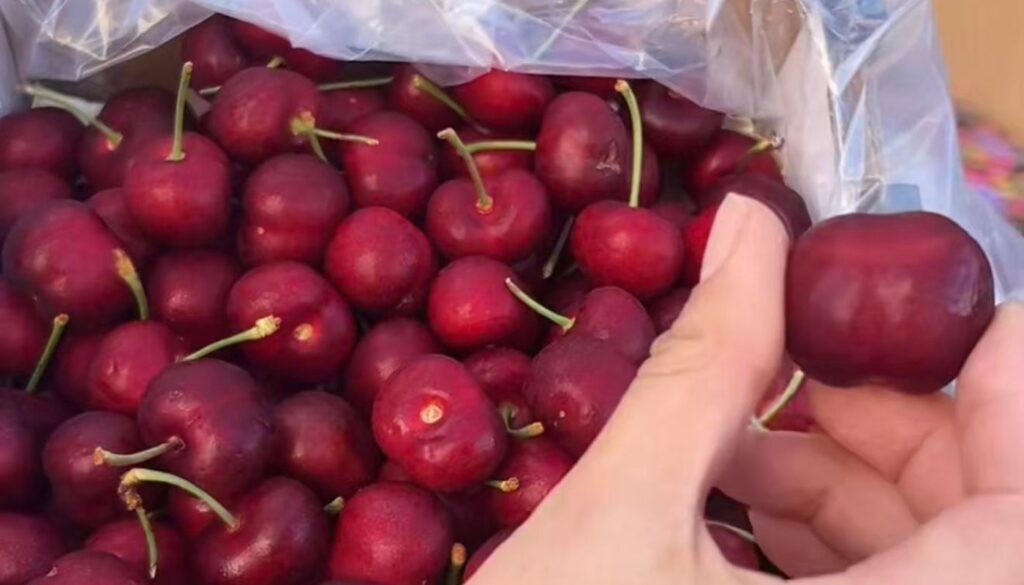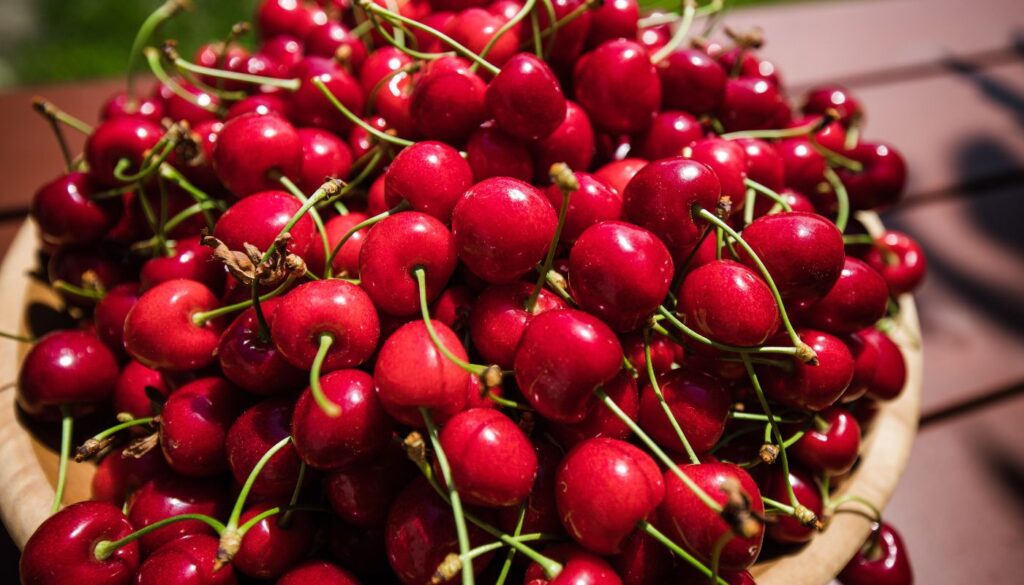Dormancy or winter recess in deciduous fruit trees, such as cherry (Prunus avium), refers to the period in which the fruit tree accumulates hours of cold and prepares internally for a new productive cycle. For a fruit orchard to begin this period it needs to lose its leaves and thus ensure good acclimatization to low temperatures and frost. This occurs when the plant begins to perceive environmental stimuli such as the shortening of the photoperiod from the end of December onwards and the flow of photosynthates changes, with the aim of accumulating reserves in lignified structures.
We must consider that the process of entering dormancy becomes effective once the plant reaches a certain level. 50% of fallen or yellow leavesIdeally, this goal should be achieved by May 1st, in order to achieve good acclimatization and accumulation of chill hours. If we delay having the 50% of fallen or yellow leaves, we will also delay the start of the effective accumulation of winter chill.
Environmental conditions are not always favorable to start this process, so this is where we must carry out agronomic management to stimulate leaf fall.

Post-harvest nutrition
It is recommended not to fertilize beyond March 10 with products via fertigation, biostimulants and foliar nutritional correctors. This measure helps to prevent the plant from maintaining a vegetative state until very late in the season. Applications of this type of product should preferably be carried out in the months of January/February to ensure a good accumulation of reserves.
Irrigation
From March onwards, the daily maximum and minimum temperatures decrease. This means that evapotranspiration (water demand of plants) also decreases. This contributes to making decisions regarding changes in irrigation frequency in order to be able to finish the season's irrigation by April 10 at the latest.
The decision to cut irrigation between April 1 and 10 also depends on the soil texture; for example, in clay soils the cycle is cut earlier than in stony and sandy soils. It is important to note that the frequency of irrigation should be reduced, not the time. This reduction in frequency results in an external signal for the plants to start the lignification of fruit centers and wood, which will allow them to face a winter in better condition.
Irrigation frequency spacing should be monitored in the orchard using test pits, tensiometers, humidity sensors or tools that allow physical evaluation of the aforementioned management.
Chemical management
Although the main signs of leaf fall are the shortening of the photoperiod, cessation of fertilization and decreased frequency of irrigation, on many occasions we do not manage to reach the date indicated with fallen leaves. It is at this point where the application of a chemical strategy begins to take on importance to speed up this process, especially when March and April are warm, with good conditions for the plant to remain vegetative, highly vigorous rootstocks such as “COLT” and new orchards where the plants remain active until almost the end of the season.
Molybdenum is a micronutrient that plays a key role in the formation of abscisic acid (ABA) and the mobilization of reserves from the leaves, generating an additional stimulus to induce leaf fall. This is why, in orchards with active vegetative growth and little lignification, 2 to 3 applications of a molybdenum-based product (with intervals of 7 to 10 days), from March 20 onwards, can be a useful tool to achieve the objective. In this regard, it should be noted that, Agrospec recently launched two molybdenum-based products on the market:
Once the molybdenum-based products have been applied and the above-mentioned handling has been carried out, it is important to carry out field assessments to determine whether the handling has met the expected expectations. The assessment consists of determining the % of leaf fall or yellowing (considering that by May 1 there should be a 50% of leaf fall or yellowing). This assessment should be carried out from April 15 to 20. If, by the indicated date, there are no signs that the leaf fall process has been triggered, two applications of zinc sulphate (2 kg/100 L of water) + urea (2 kg/100 L of water) can be used, with an interval of 7 to 10 days.









